Full-colour X-rays, early embryo division and space challenges for students Understand article
Science in School is published by EIROforum, a collaboration between eight of Europe’s largest inter-governmental scientific research organisations (EIROs). This article reviews some of the latest news from the EIROs.
CERN: 3D colour X-ray images for diagnosing diseases
For over 100 years, doctors have used black-and-white X-ray images for diagnosing diseases – from broken bones to heart disease or cancer. Now, a new X-ray scanner has produced the world’s first full-colour 3D images, which could provide clinicians with clearer pictures to make more accurate diagnoses.
The new scanner is based on CERN’s Medipix technology, which was developed to track particles at the Large Hadron Collider. Employing the most advanced Medipix chip to detect and count each individual particle, the colour scanner uses this information to generate 3D images. The colours represent different energy levels of the particles, as recorded by the detector. These colours identify different components in the body, such as fat, water, calcium and disease markers.
So far, researchers have used a small version of the scanner to study cancer, bone and joint health, and vascular diseases that cause heart attacks and strokes. In the coming months, patients will be scanned using the new, larger scanner in a clinical trial, paving the way for the potentially routine use of this next-generation equipment.
Learn more about the development of the 3D scanner by visiting the CERN website.
The CERN laboratory sits astride the Franco-Swiss border near Geneva, Switzerland. It is the world’s largest particle physics laboratory.
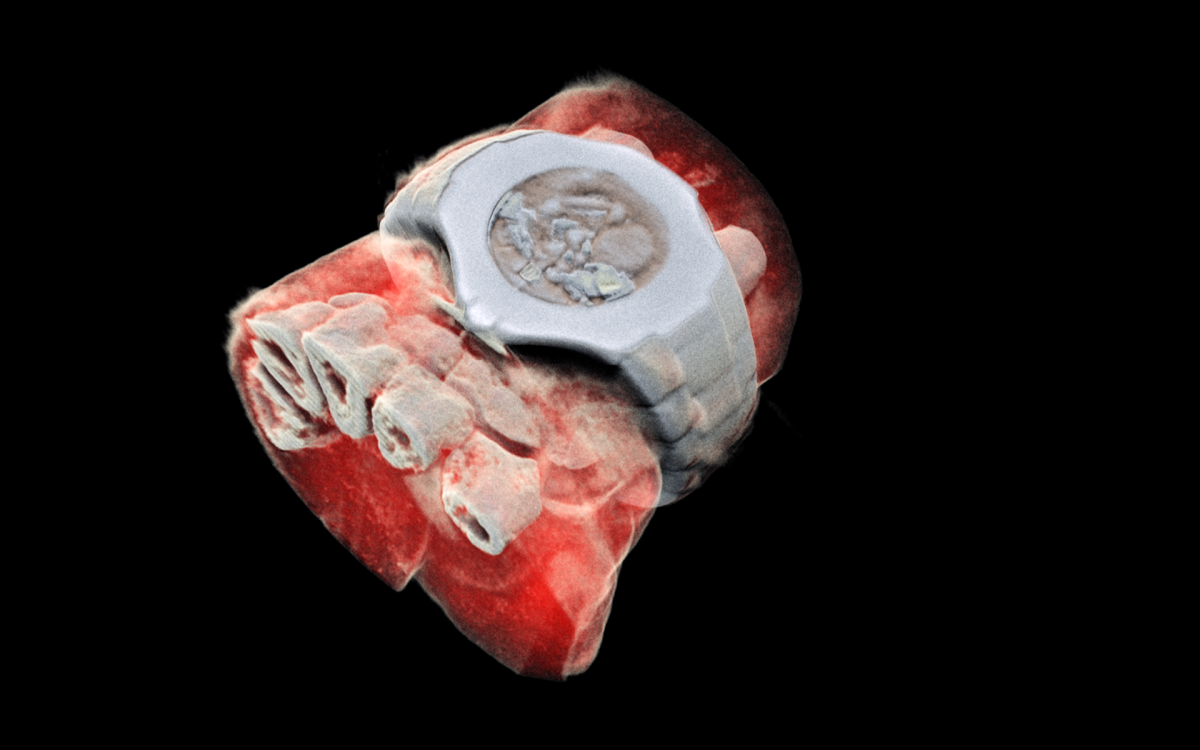
MARS Bioimaging Ltd
EMBL: A surprising start to cell division
It was long thought that during an embryo’s first cell division, a set of fibres called the spindle separated the embryo’s chromosomes into two daughter cells. But this textbook account could well change after scientists from the European Molecular Biology Laboratory (EMBL) discovered that in mice, there is not one but two spindles – one for each set of parental chromosomes. What’s more, this means the genetic information from each parent is kept apart throughout the first cell division.
“We already knew about dual spindle formation in simpler organisms like insects, but we never thought this would be the case in mammals like mice”, says Jan Ellenberg, who led the project. Scientists have always seen parental chromosomes occupying two half-moon-shaped regions of the nucleus of two-cell embryos after the first division, but it wasn’t clear how this could be explained. Only when focusing on the microtubules – the dynamic structures that spindles are made of – could the researchers see the dual spindles for the first time. Importantly, this dual spindle formation might help explain why the cell division process has a particularly high error rate in early embryos.
For more information on this research, visit the EMBL website.
EMBL is Europe’s leading laboratory for basic research in molecular biology, with its headquarters in Heidelberg, Germany.
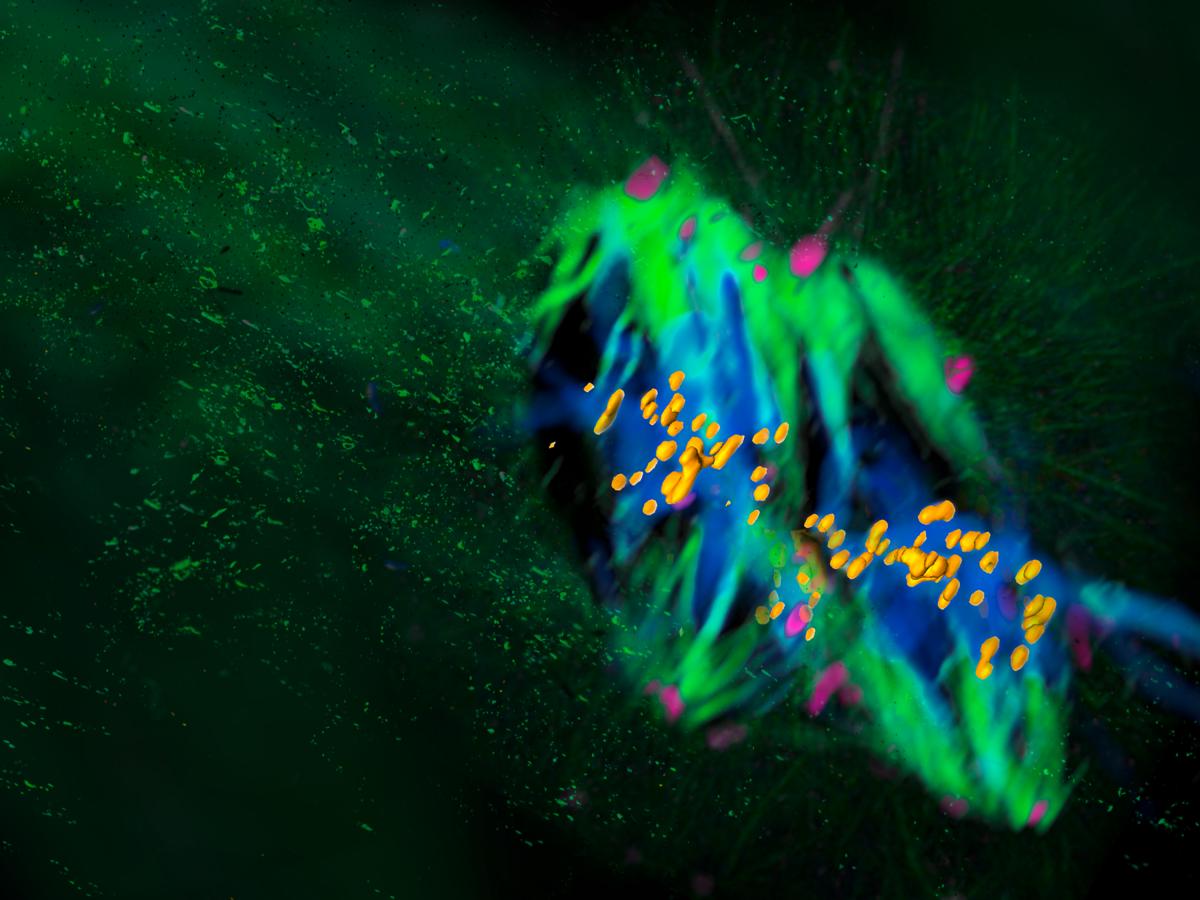
Cartasiova/Hossain/Reichmann/Ellenberg/EMBL
ESA: New space challenges for school students
The European Space Agency (ESA) has launched two new school projects for the 2018/2019 academic year: the Moon Camp Challenge and Climate Detectives.
The Moon Camp Challenge is an interdisciplinary project that invites students aged 18 and under to design a lunar base camp. Students explore the extreme environment of space and must design a camp that is able to sustain at least two astronauts while also keeping them safe from hazards. The project, which is a collaboration between ESA and Airbus Foundation, allows students to use exciting and innovative learning technologies, such as 3D modelling.
The Climate Detectives project challenges students aged 8–15 to ‘make a difference’ by identifying a climate problem in their local environment and using satellite images or ground measurements to investigate it as ‘climate detectives’. Based on their results, teams can propose ways to monitor or raise awareness of the problem. By participating, students learn about climate on Earth as a complex and changing system, as well as the importance of respecting our environment.
Find out how your students can take part in these challenges on the dedicated ESA Education webpages for Moon Camp and Climate Detectives.
ESA is Europe’s gateway to space, with its headquarters in Paris, France.

ESA/Foster + Partners
ESO: General relativity at the heart of the Milky Way
Obscured by thick clouds of absorbing dust, the supermassive black hole closest to Earth lies 26 000 light years away at the centre of the Milky Way. This black hole, which has a mass four million times that of the Sun, is surrounded by a small group of stars orbiting around it at high speed. This extreme environment makes it the perfect place to explore gravitational physics, and new observations from the European Southern Observatory (ESO) recently confirmed an effect predicted by Einstein’s general theory of relativity.
This effect, called gravitational redshift, occurs when light from the star is stretched to longer wavelengths by a very strong gravitational field, such as a black hole. The new measurements clearly reveal this effect, with the measured change in wavelength agreeing precisely with that predicted by Einstein’s theory.
The results were made using the GRAVITY instrument on ESO’s Very Large Telescope and follow a 26-year-long observation campaign. It is the first time that effects from general relativity have been observed in the motion of a star around the supermassive black hole at the centre of the Milky Way.
Read the full press release on the ESO website.
ESO is the foremost inter-governmental astronomy organisation in Europe and the world’s most productive ground-based astronomical observatory, with its headquarters in Garching, near Munich in Germany, and its telescopes in Chile.
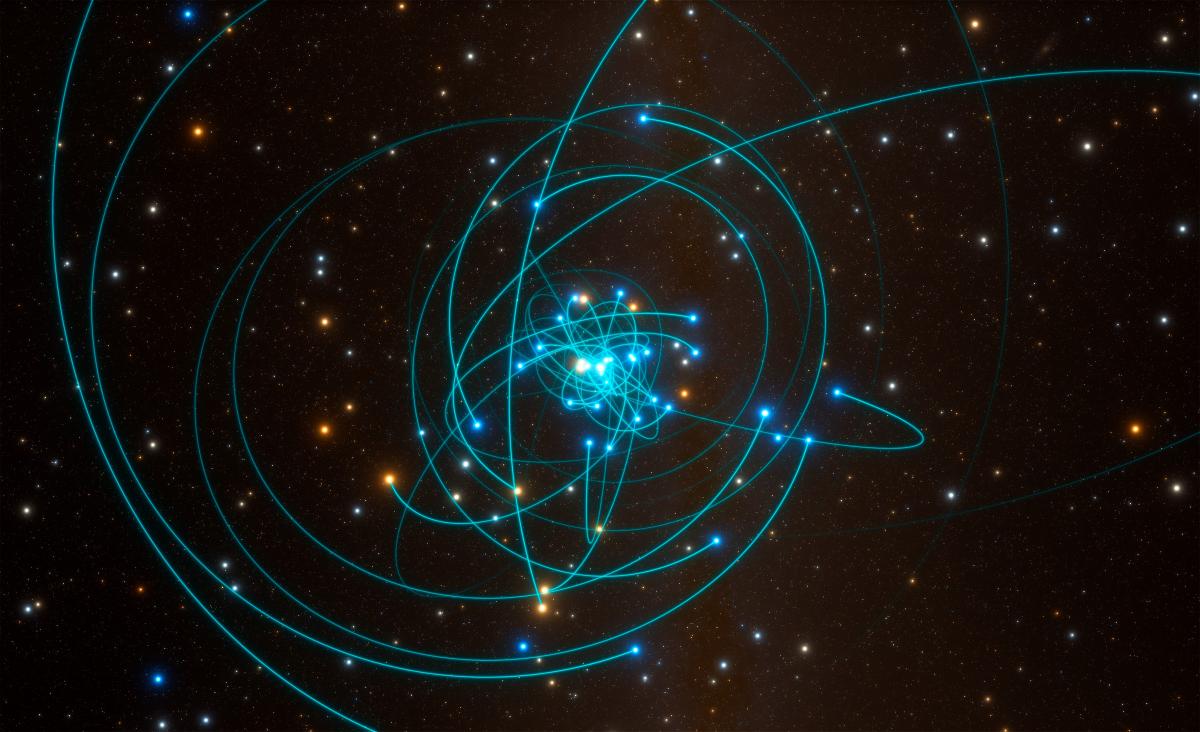
ESO/L Calçada/spaceengine.org
ESRF: Research gives clues to trapping carbon dioxide underground
Carbon dioxide is an environmentally important gas that plays a crucial role in climate change. It is also present inside Earth, and scientists have long studied what happens to carbon dioxide at high temperatures and pressures – the same conditions as occur deep underground. But until recently, research has focused solely on carbon dioxide in the upper mantle, where the compound has been shown to decompose, forming diamond and oxygen.
A team of scientists have now investigated what happens to carbon dioxide in the conditions between the lower mantle and the metallic core, at a depth of 2000 to 2400 km. Using the high-pressure beamline ID27 at the European Synchrotron Radiation Facility (ESRF) to achieve the same conditions, they subjected the sample to 2400°C and 120 GPa of pressure. The researchers found that carbon dioxide was stable in a crystalline form at these more extreme conditions, and did not dissociate as it did at the 40 GPa pressures of earlier upper mantle experiments.
“Our results indicate that the crystalline extended form of carbon dioxide is stable in the thermodynamic conditions of the deep lower mantle, and therefore could be helpful to understand the distribution and transport of carbon in the depths of our planet”, explains Kamil Dziubek, the leading scientist of the study. “It could even open doors to the possibility of trapping carbon dioxide underground”, he said. This could be a potential solution for mitigating climate change associated with the greenhouse effect.
For more information on the study, read the original research paper published in Nature Communications. See:
Dziubek KF et al. (2018) Crystalline polymeric carbon dioxide stable at megabar pressure. Nature Communications 9: 3148. doi: 10.1038/s41467-018-05593-8
Download the article free of charge here or subscribe to Nature today.
Situated in Grenoble, France, ESRF operates the most powerful synchrotron radiation source in Europe.
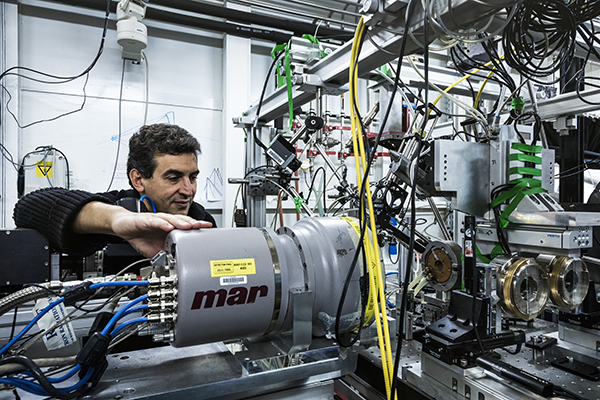
S Candé
EUROfusion: Handing over the EIROforum chair
The role of chair of the eight European organisations that make up EIROforum rotates every year. In July 2018, the European Molecular Biology Laboratory (EMBL) handed over the chair to EUROfusion, which will retain it until June 2019.
In this period, EUROfusion programme manager Tony Donné wants to continue the focus on activities that can have maximum benefit for all EIROforum members. “We want to continue the excellent initiatives that have been started under the present and previous chairmanships”, he says. Donné believes that by working together and sharing experiences and views, each EIROforum member can have a greater impact on the future directions of science in Europe.
Also on the agenda is raising the visibility and profile of EIROforum through outreach and education activities, which include the funding of Science in School. “To my knowledge, it is the only magazine with first-hand information on science shaped by and targeted at teachers”, says Petra Nieckchen, head of EUROfusion’s communications office and member of the Science in School editorial board.
Read the full release on the EUROfusion website.
EUROfusion manages and funds European fusion research activities, with the aim to realise fusion electricity. The consortium comprises 30 members from 26 European Union countries as well as Switzerland and the Ukraine.
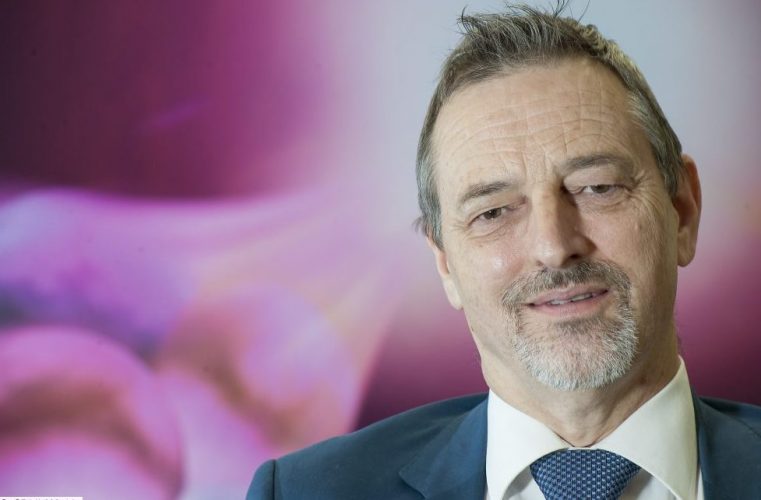
EUROfusion
European XFEL: First results from the world’s largest X-ray laser
The first results from experiments performed at the European X-ray Free-Electron Laser (European XFEL) were published in August – just in time to mark the one-year anniversary since the facility was opened. Two independent teams, one from the Max Planck Institute for Medical Research and another from the Deutsches Elektronen-Synchrotron (DESY), used the laser’s ultrashort, high-intensity pulses to decipher the 3D structure of several proteins – collecting the data at a faster rate than has been previously achieved.
The experiments were possible due to the laser’s very high X-ray pulse repetition rate, equivalent to more than one million X-ray pulses per second. This is the first time that a pulse rate of over 1 MHz has been reached. However, since the pulses are delivered in concentrated bursts followed by long breaks, the actual number of pulses delivered in these experiments was only about 300 per second.
As the time and cost of experiments decrease, many more researchers – among them biologists, physicists and chemists – will be able to perform experiments at European XFEL.
Read the full press release on the European XFEL website.
For more information on the results from the first scientific experiment at European XFEL, visit their website.
European XFEL is a research facility in the Hamburg area in Germany. Its extremely intense X-ray flashes are used by researchers from all over the world.
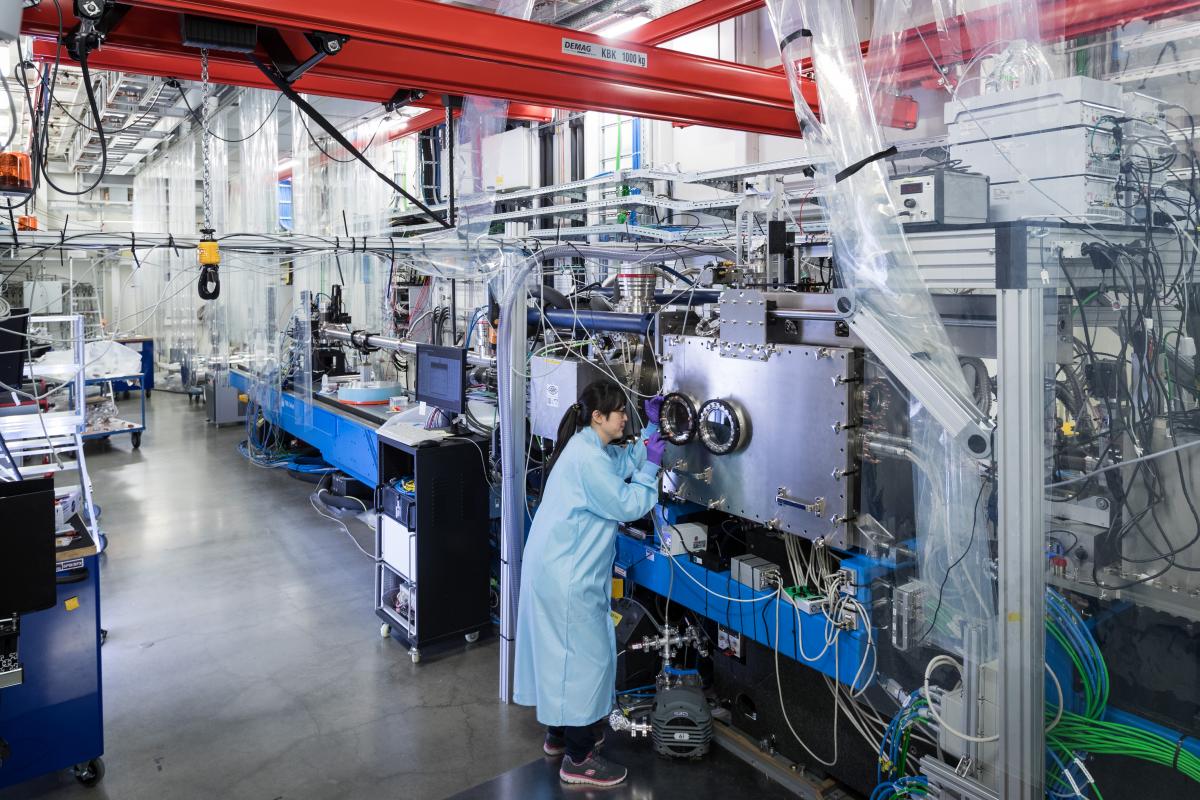
European XFEL
ILL: Joining forces to develop new space technologies
Space missions require a broad range of materials, from high-performance metals for vehicle structures to lightweight, inflatable structures for crew habitats. These requirements present several challenges, as the materials must also be durable and functional in such a hostile environment.
Combining resources, facilities and expertise is essential for developing these new technologies. The Institut Laue Langevin (ILL) and the European Synchrotron Radiation Facility (ESRF) have teamed up with two leading European space companies, OHB System AG and MT Aerospace AG, to tackle these challenges.
ILL’s neutrons can explore deep inside matter, making them an ideal probe for most materials, while ESRF’s high-energy X-rays can penetrate large structures and provide structural data on the atomic to micron scale. By probing matter with neutrons and X-rays, this collaboration aims to advance the technology of aerospace materials and make manufacturing processes more efficient. Developing the materials behind space technologies will in turn pave the way for more successful space missions and potential applications for use on Earth.
Learn more about the collaboration, visit the ILL website.
Based in Grenoble, France, ILL is an international research centre at the leading edge of neutron science and technology.
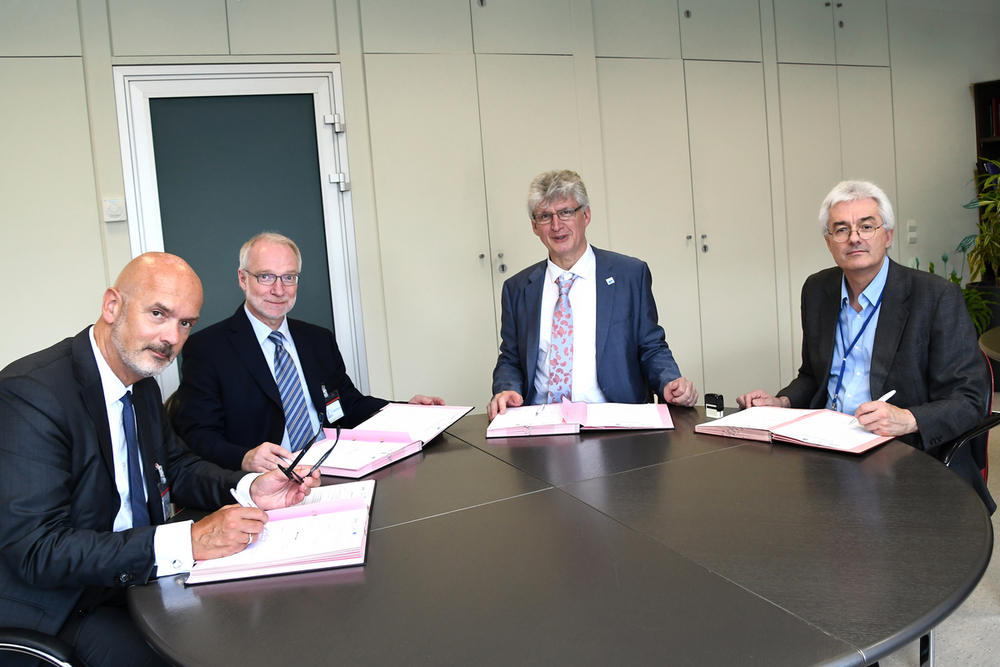
Serge Claisse/ILL
EIROforum
EIROforum combines the resources, facilities and expertise of its member organisations to support European science in reaching its full potential.
To learn more, see a list of EIROforum-related articles in Science in School or browse the other EIRO news articles.






